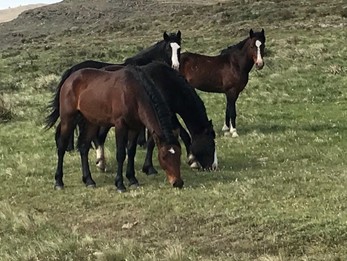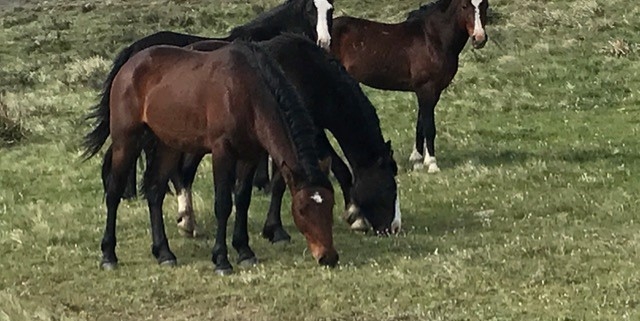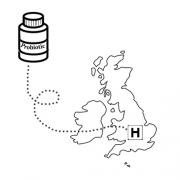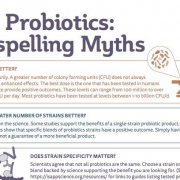Domestic horses from different geographical locations harbor antibiotic resistant gut bacteria, unlike their wild counterparts
By Dr. Gabriel Vinderola, PhD, Associate Professor of Microbiology at the Faculty of Chemical Engineering from the National University of Litoral and Principal Researcher from CONICET at Dairy Products Institute (CONICET-UNL), Santa Fe, Argentina
It all started on the 12-hour ferry trip that links Turku with Stockholm during one of the last still warm- summer days of September 2016, when a group of scientists met: Seppo Salminen, Miguel Gueimonde, Carlos Gómez- Galllego and Akihito Endo (joining us virtually from Japan well before the pandemic made these virtual meetings so popular). One of the topics was the possibility of conducting a study comparing the gut microbiome of feral and domestic horses. We had no specific funding for the project but we agreed it would be worthwhile and all agreed to participate.
Domesticated horses live under different conditions compared with their wild ancestors. We hypothesized that the animals’ housing, regular veterinary care and feeds would lead to an altered microbiota compared to wild horses. The project was ambitious and challenging in several ways: we aimed at sequencing all microbes, not just bacteria, by using whole genome sequencing; sampling droppings from feral horses needed special permission from the parks or reserves where these horses were held; the project required shipping samples from different parts of the world to the same place where they would be processed; and this all had to be managed without specific financial support to cover the expenses. Curiosity, personal dedication and funding from each end fueled this project.
Little by little, samples of feces of feral and domestic horses were collected in Argentina, Finland, Spain, Russia and Japan. Fecal DNA was extracted in every sampling location and sent to Prof. Li Ang in China for whole genome sequencing and data analysis. A remarkable contribution was made by Prof. Ang and his team from the Zhengzhou University in China. In his words:
The biggest challenge was that very few sequences (less than 5%) were from known species hosted in the gut of horses. This number is usually 50-60% or 80-90% in human adults or infants gut microbiota, respectively. Thus we had to use ‘old school methods’ to get microbiota profiles, by constructing a custom reference database with whole genomes and then choosing specific alignments, a process that required thousands of computing hours. Interestingly, we found some specific species in horses from different locations. For example, we found shiitake mushroom in Japanese horses, a common food in East Asia families, but not in horses from other locations.

Cimarron wild horses from the State Park Ernesto Tornquist, Argentina. Photo courtesy of Seppo Salminen.
The fecal microbiome of 57 domestic and feral horses from five different locations on three continents were analyzed, observing geographical differences. A higher abundance of eukaryota (p < 0.05) and viruses (p < 0.05) and lower abundance of archaea (p < 0.05) were found in feral animals when compared with domestic ones. The abundance of genes coding for microbe-produced enzymes involved in the metabolism of carbohydrates was significantly higher (p < 0.05) in feral animals regardless of the geographic origin, which may reflect the fact that feral horses are exposed to a much more diverse natural vegetal diet than their domesticated counterparts. Differences in the fecal resistomes between both groups of animals were also observed. The domestic/captive horse microbiomes were enriched in genes conferring resistance to tetracycline, likely reflecting the use of this antibiotic in the management of these animals. Our data also showed an impoverishment of the fecal microbiome in domestic horses with diet, antibiotic exposure and hygiene being likely drivers, a fact that has been also reported for us, humans.
Almost 6 years passed since the results of those ideas discussed on board a ferry slowly galloped into the cover of the February edition of Nature Communications Biology. We hope this will be a starting point for more work that can help uncover the best ways to support equine health.
















